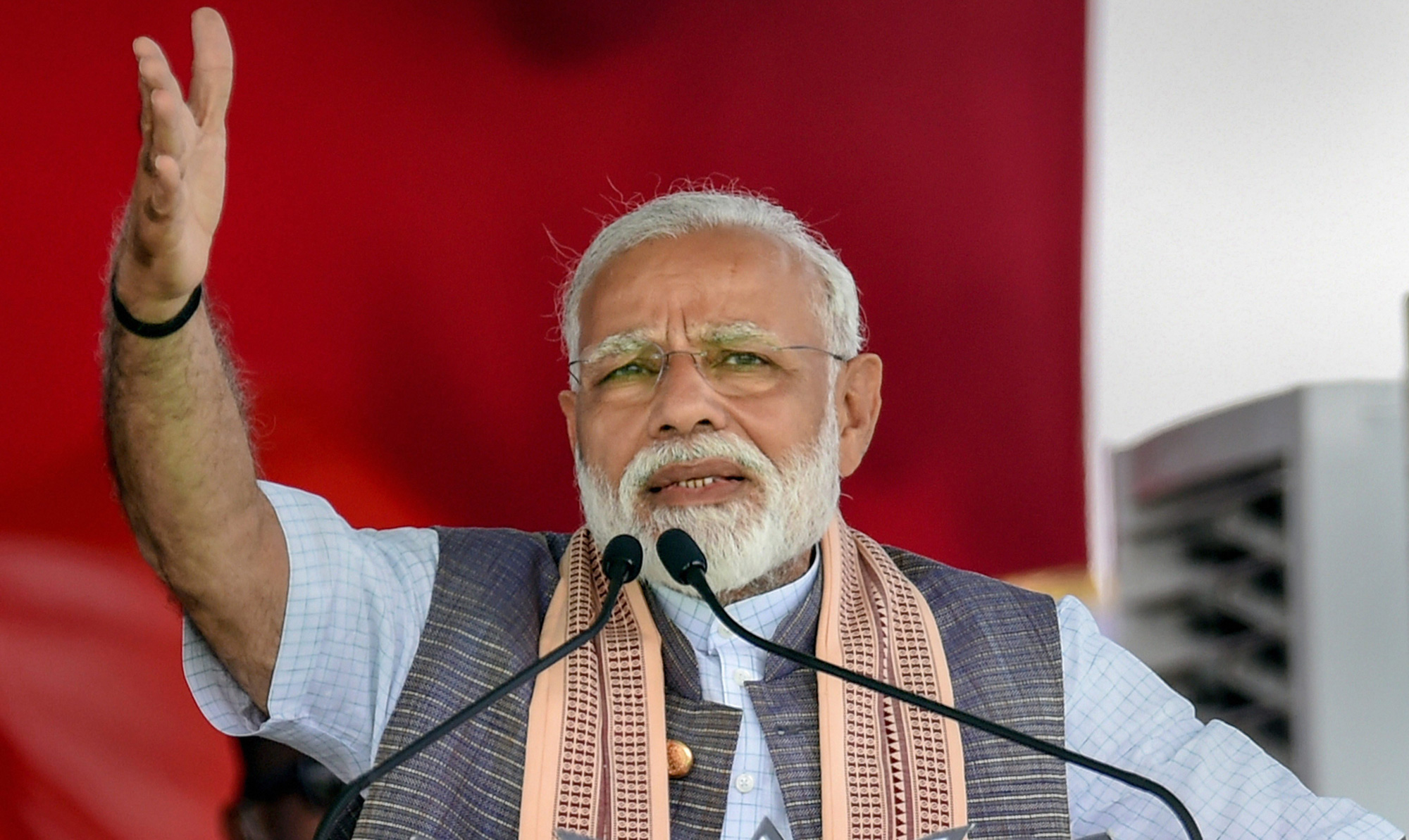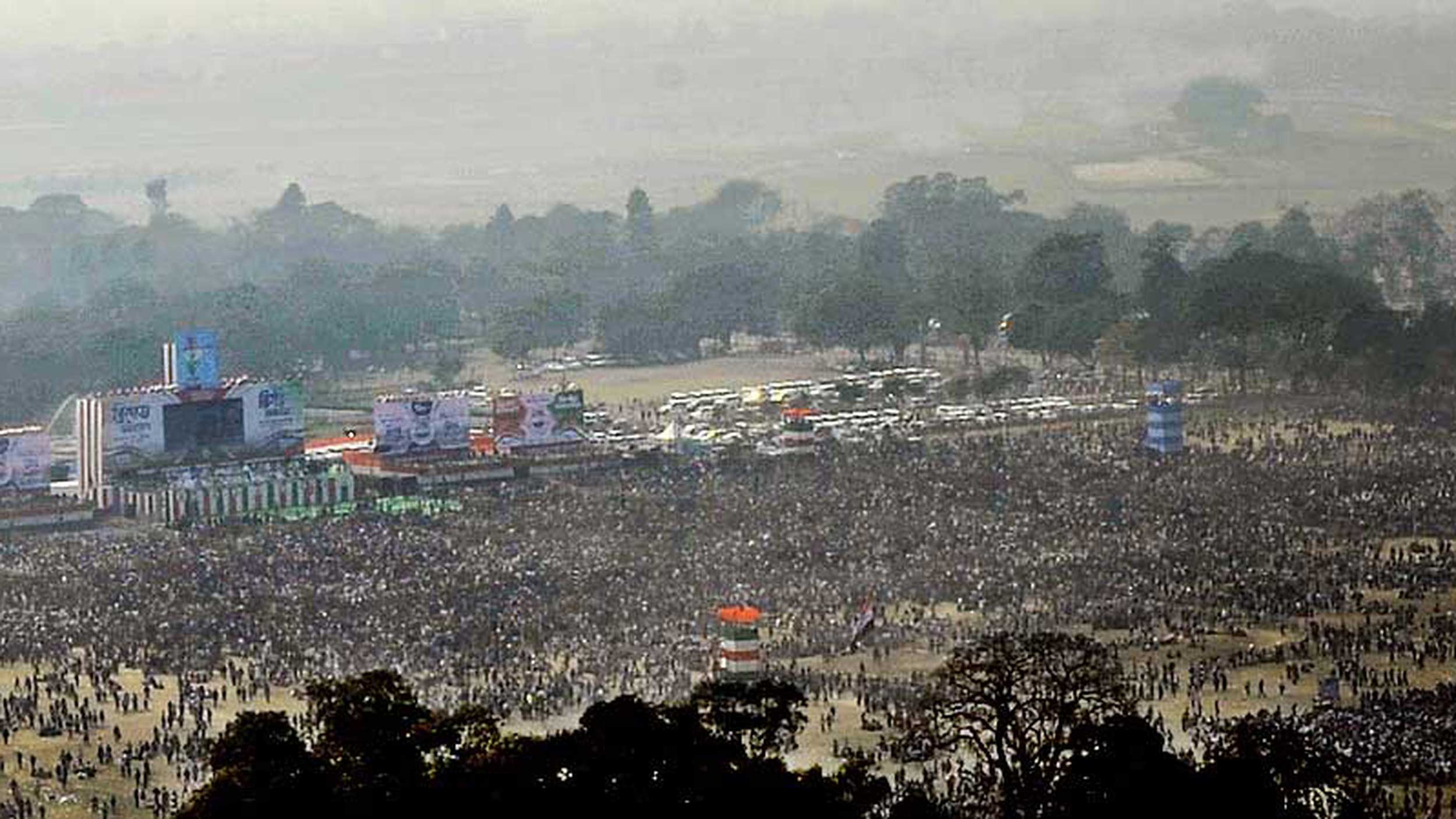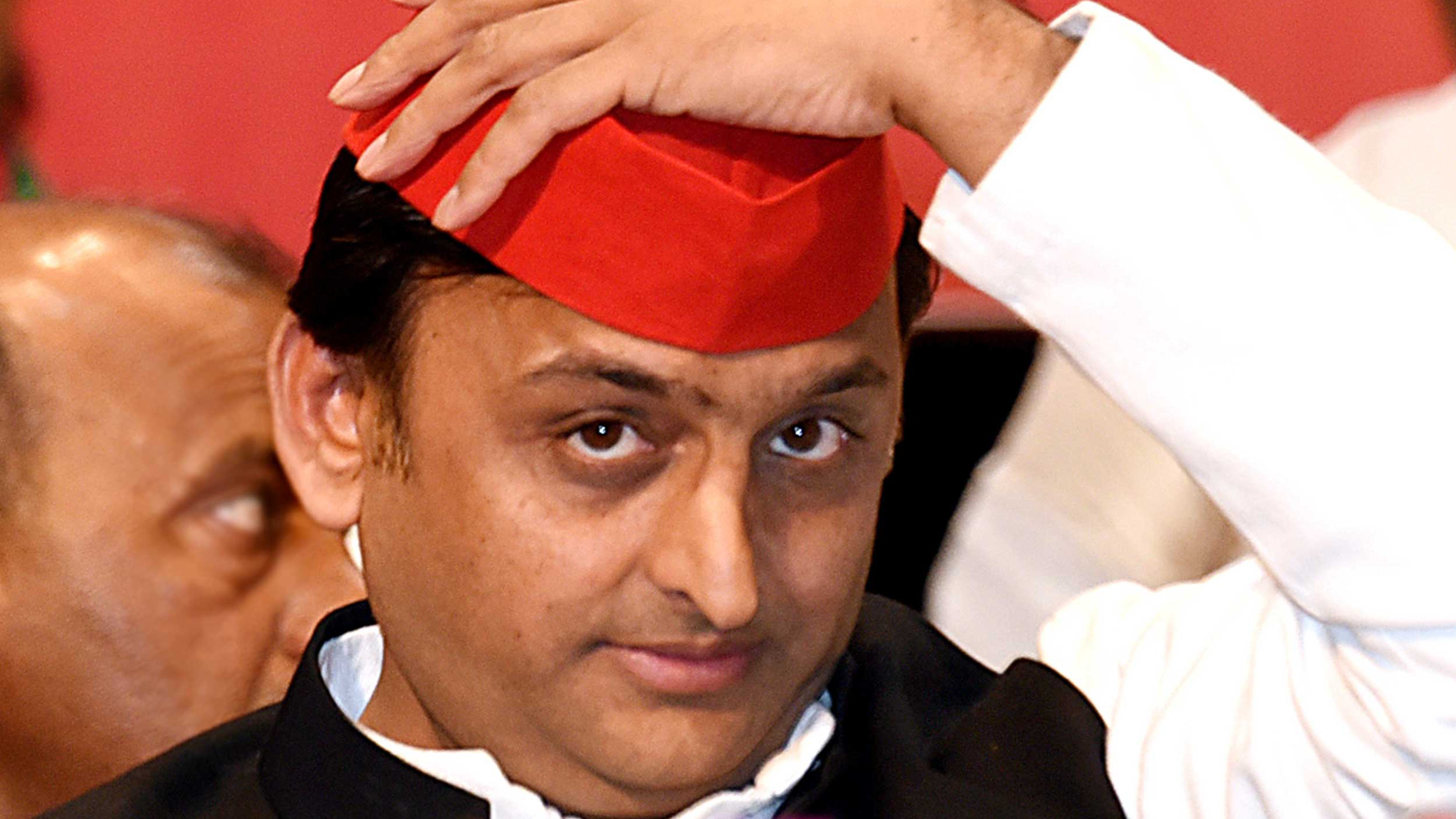The Nuffield studies of British general elections, an exercise initiated with the 1945 election, constitute the most authoritative enquiries of electoral politics. Among the reasons it constitutes an invaluable guide to campaigns and shifting voting preferences is that the study is not undertaken with the benefit of hindsight. The very first volume of the ongoing series stressed the overriding importance of monitoring an election “in flight”.
The campaign of the 2019 general election in India is barely past the starting point, with just two of the seven rounds of campaigning over. There are parts of India where candidates have not been announced by the parties and negotiations for seat adjustments are still incomplete. Under the circumstances, it may be grossly premature to identify dominant trends that cover all the country. Conclusions can at best be tentative and prone to constant revisions. Yet, some observations may be in order.
For a start, it would not be inaccurate to suggest that the optimism over a grand alliance of nearly all the major Opposition parties to take on the Bharatiya Janata Party — an exercise that peaked with the huge show of strength by the West Bengal chief minister, Mamata Banerjee, in Calcutta on January 19 — shows signs of petering out. It is not that impressive state-wise alliances against the BJP have not been forged. In Uttar Pradesh, Bihar, Jharkhand, Tamil Nadu, Karnataka and Maharashtra, the National Democratic Alliance and the BJP in particular are confronted with the consolidation of forces ranged against Narendra Modi. The alliance in Tamil Nadu is particularly formidable, and all indications are that the NDA is definitely on the back foot in a state where, traditionally, the winner has been known to make a clean sweep of seats.
However, where the attempted grand alliance seems to be faltering is over any coherent narrative. As the largest party in the Opposition, the Congress has combined its ‘Chowkidar chor hai’ war cry with the promise of Nyay. Yet, since the Congress is a factor in less than 150 seats — and is playing the role of a spoiler in other places it has put up candidates — its assault on Modi lacks depth and penetration. The federal front, once conceived by the leaders of regional parties hostile to the BJP but discomfited by the Congress, appears to be completely stillborn. An earlier suggestion of a Common Minimum Programme that would bind the regional forces together was abandoned abruptly. Consequently, there is the spectacle of the National Conference in Jammu and Kashmir demanding a return to the pre-1953 status for the state, the Telugu Desam Party obsessing over electronic voting machines, the Aam Aadmi Party demanding an alliance with the Congress in Delhi and Mamata Banerjee accusing the Congress and the Rashtriya Swayamsevak Sangh of working in tandem. Compared to Modi and the BJP president, Amit Shah, who are criss-crossing the country with a focused message of strong and incorruptible leadership and the promise of a New India, the Opposition’s narrative seems too varied and fractured.
Secondly, perhaps as a consequence of the Opposition speaking in just too many different voices, the political buzz in the country has undergone a significant shift.
In early-January, in the aftermath of the BJP’s defeat in the assembly elections in three important Hindi-speaking states, many had started writing Modi’s obituary, although there was less certainty about the alternative. However, of late, the bush telegraph has veered to the belief that Modi is heading for a second term, albeit without the BJP securing a majority on its own. Diplomatic circles in Delhi — not always all that reliable — certainly appear to have reconciled to another five years of Modi rule. There is also a mood of resignation and despondency in the anti-Modi intelligentsia that had been in the forefront of whipping up fears of impending fascism.
Thirdly, while crowds in public meetings and road shows are never any foolproof guarantee of voting intentions and the public mood, they do give some indications of which way the wind is blowing. The prime minister has been speaking almost uninterruptedly in public meetings since the beginning of February. He has touched nearly every state and invariably drawn impressive crowds. However, in the past fortnight or so, more or less coinciding with the formal beginning of the campaign, the crowds appear to have multiplied exponentially. More to the point, if his rallies in Mangalore, Aligarh and Siliguri, to take three isolated examples, are any indication, the frenzy that was often the hallmark of his 2002 and 2007 election rallies in Gujarat appear to be replicated in different parts of India. In short, Modimania seems to be escalating as the campaign develops. Even sceptics are no longer talking of empty grounds and waning voter interest in a figure who has enjoyed sustained exposure for the past five years. In particular, the enthusiasm of the youth in Modi is still quite intense.
Since the Opposition doesn’t really have anyone who can match Modi’s all-India appeal, comparisons may not always be fruitful. However, some preliminary observations may be in order. First, the entry of Priyanka Gandhi into formal politics may have cheered the faithful in the Congress but it hasn’t made a huge splash among voters. Despite the novelty of her appearances, she is hamstrung by indifferent Congress presence on the ground, particularly in Uttar Pradesh. Secondly — and this is a surprise — the public meetings of the Samajwadi Party-Bahujan Samaj Party alliance in Uttar Pradesh have not been terribly impressive. This may be a reason why Mayavati had to issue her controversial appeal for Muslim consolidation. In Karnataka, despite a formidable alliance on paper, the Congress-Janata Dal (Secular) alliance has lost ground owing to internal disarray and charges of rampant corruption. Finally, judging by the disproportionate amount of time and energy Mamata Banerjee is expending on individual parliamentary constituencies, it would seem that the Trinamul Congress is slightly wary of what in West Bengal is being referred to as an ‘undercurrent’ that could end up favouring the BJP despite its organizational weakness and inability to stand up to the high-handedness of the local administration.
The only exception to these trends is in Kerala and Tamil Nadu where the United Progressive Alliance and even Rahul Gandhi are riding high. In Tamil Nadu, there is fierce anti-incumbency that is hitting the rudderless, post-Jayalalithaa All India Anna Dravida Munnetra Kazhagam, and in Kerala, the Left is reeling from the shock of losing a sizeable section of its Hindu vote. Much of that vote may gravitate to the BJP which, however, is not in any competitive position in more than a handful of seats. In the three states that the Congress wrested from the BJP late last year, there has been a spectacular BJP comeback, mainly owing to the appeal of Modi.
As I said earlier, these are initial trends and the situation may change in the coming days. However, a reading of the tea leaves may indicate that India may be gearing up to deliver another conclusive verdict. Sonia Gandhi spoke of 2004 repeating itself 15 years later. As of now that doesn’t seem to be happening.












